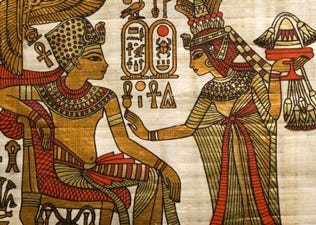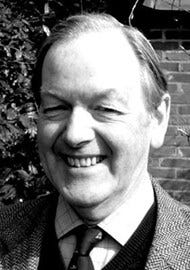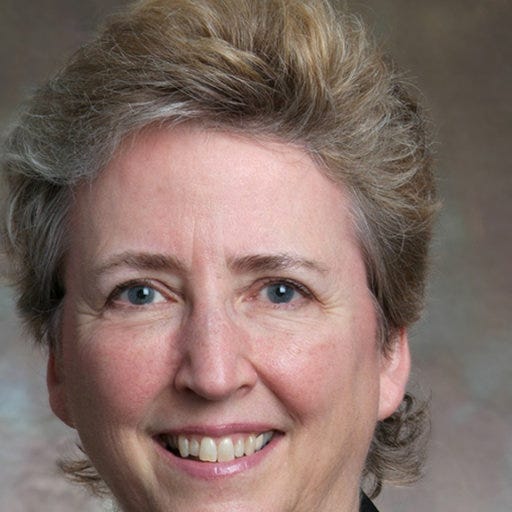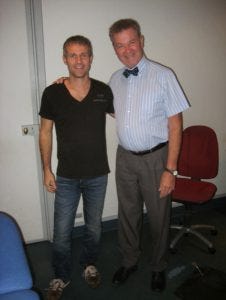Vestibular Therapy: An Evolving Legacy for Dizziness Professionals
Dizziness, vertigo, and imbalance present significant challenges in assessment and treatment, often stemming from the complex interplay of the vestibular, visual, and proprioceptive systems. This historical overview aims to provide dizziness professionals with a deeper understanding of the evolution of vestibular therapy (VT), tracing its roots from ancient practices to cutting-edge techniques that continue transforming lives.
Ancient Wisdom: A Foundation of Observation
Long before the advent of modern Medicine, ancient healers intuitively recognized the significance of balance for overall well-being.
Egyptian Healers (c. 3000 BCE): Egyptian physicians documented dizziness and vertigo, attributing these conditions to imbalances in the body's humors. They employed a range of treatments, including herbal remedies, massage, and physical manipulations, to restore harmony. These early practices laid the foundation for our understanding of vestibular therapy, demonstrating the ancient recognition of balance's significance for overall well-being. Greek Philosophers (c. 400 BCE): Hippocrates, the father of Medicine, described various forms of dizziness and explored their potential causes. His advocacy for exercise and movement as essential for health foreshadows the core principles of modern vestibular rehabilitation.
Chinese Medicine (c. 200 BCE): Practitioners viewed dizziness as a sign of disharmony in the body's energy flow. They employed acupuncture, herbal remedies, and tai chi to restore balance and promote healing.
The Scientific Awakening: Unraveling the Inner Ear's Secrets
Robert Bárány with his Nobel Prize
The 19th and early 20th centuries they marked a turning point in our understanding of the vestibular system.
Jean-Martin Charcot (1825-1893): The French neurologist meticulously described various vestibular disorders and their associated symptoms, contributing to the vestibular system's growing knowledge.
Robert Bárány (1876-1936): This Austro-Hungarian physician earned the Nobel Prize in 1914 for his groundbreaking work on vestibular function. He developed the caloric test, a fundamental tool for assessing vestibular function that remains in use today, highlighting the importance of objective measures in diagnosis.
World War II: A Catalyst for Rehabilitation
The devastation of World War II inadvertently propelled innovation in vestibular therapy. Soldiers suffering from head injuries and blast-related trauma experienced debilitating dizziness and imbalance. Recognizing the need for intervention, two key figures emerged:
Sir Terence Cawthorne (1902-1970): This British otologist observed that exercise was crucial for patients recovering from dizziness, recognizing the brain's adaptability as a key to treatment. He developed early forms of vestibular rehabilitation exercises that focused on gradually increasing head movements and visual stimuli to promote adaptation.
Cooksey (1945): A British nurse created a series of exercises for soldiers with head injuries known as the Cawthorne-Cooksey exercises. These exercises laid the foundation for modern vestibular rehabilitation and demonstrated the potential of structured exercise protocols in alleviating dizziness and improving balance.
The Rise of Modern VRT: Integrating Science and Therapy
The late 20th century saw the emergence of vestibular rehabilitation therapy (VRT) as a distinct discipline, marking a shift towards a more comprehensive and evidence-based approach.
John Epley (1960s): This American otolaryngologist revolutionized the treatment of Benign Paroxysmal Positional Vertigo (BPPV) by developing the canalith repositioning maneuver (CRM). This maneuver highlights the importance of understanding the underlying pathophysiology of vestibular disorders in developing effective treatments.
Susan Herdman and Alfred J. Telian (1970s-1980s): This physical therapist and vestibular researcher duo played a pivotal role in advancing VRT in the United States. They integrated the Cawthorne-Cooksey exercises with a deeper understanding of vestibular physiology and function, emphasizing the importance of a multidisciplinary approach to assessment and treatment.
Alain Semont (1980s): This French otolaryngologist developed the liberatory maneuver (Semont maneuver), an alternative to the Epley maneuver for treating BPPV. This highlights the importance of considering individual patient needs and preferences in treatment selection.
21st Century VRT: A Multifaceted Approach & Expanding Horizons
Today, VRT encompasses many evidence-based techniques, including adaptation exercises, habituation exercises, substitution exercises, balance retraining, canalith repositioning maneuvers, and patient education/counseling. This multifaceted approach recognizes the diverse nature of vestibular disorders and the need for individualized treatment plans.
New and innovative approaches continue to emerge:
Virtual Reality (VR): Immersive VR environments offer a safe and controlled space for patients to practice and improve their balance and coordination, demonstrating the potential of technology to enhance rehabilitation.
Vestibular Implants: These devices offer hope for individuals with severe bilateral vestibular loss. They restore some level of function and improve quality of life, highlighting the importance of ongoing research and development.
Biomarkers: Research is ongoing to identify biomarkers that could help predict treatment response and personalize VRT plans, emphasizing the need for personalized Medicine in vestibular rehabilitation.
Telemedicine: The increasing availability of telemedicine platforms allows for greater access to care, especially for patients in remote or underserved areas, demonstrating the potential of technology to improve healthcare delivery.
The history of vestibular therapy is not just a chronicle of past practices but a guidepost for the future. By understanding the historical context and scientific foundations of vestibular therapy, dizziness professionals can gain a deeper insight into the evolution of their field. This knowledge can then be applied to modern practices, enhancing the quality of care and improving the lives of their patients.










